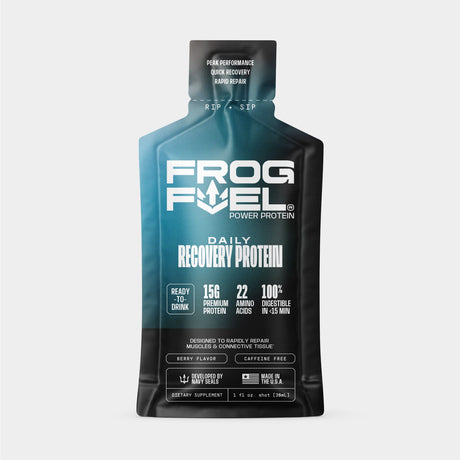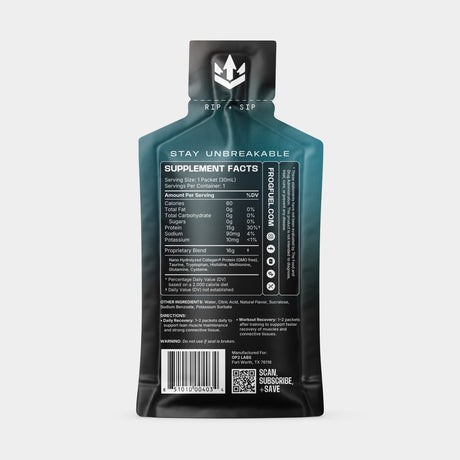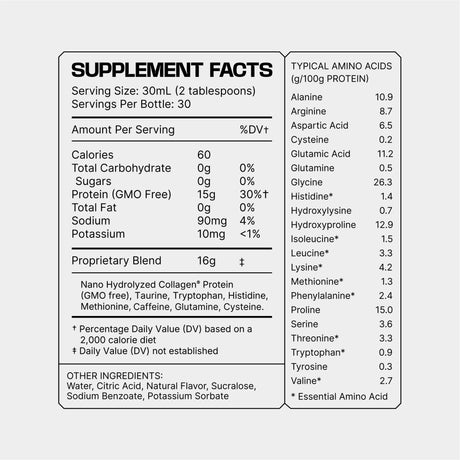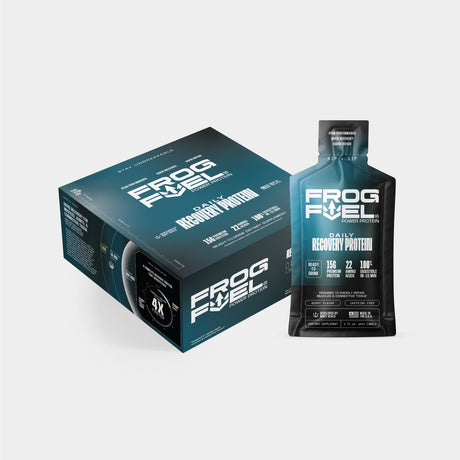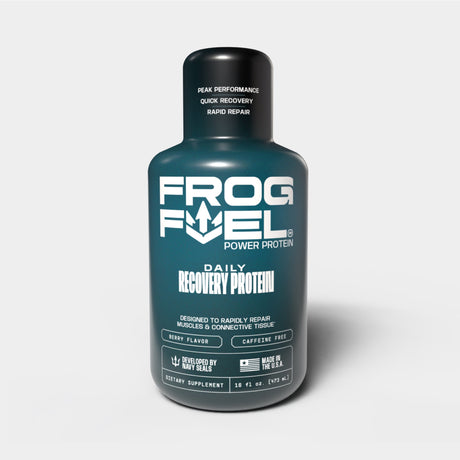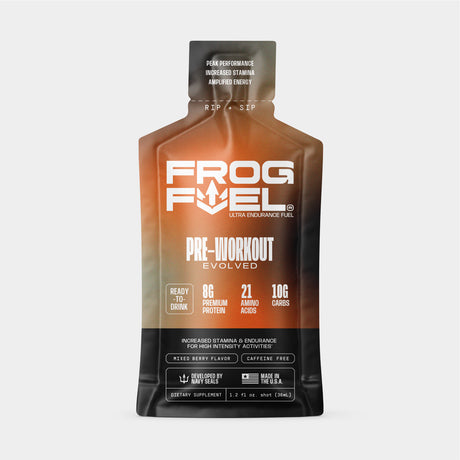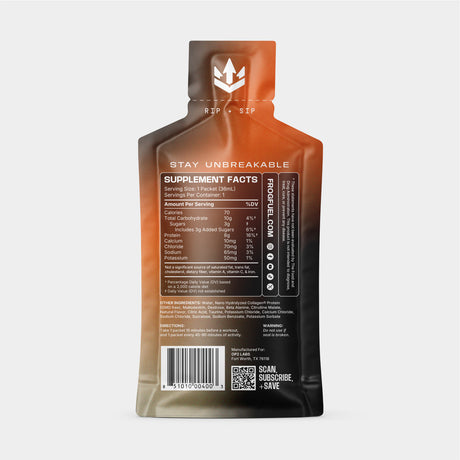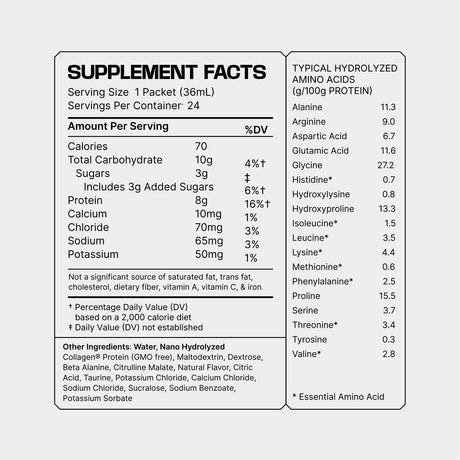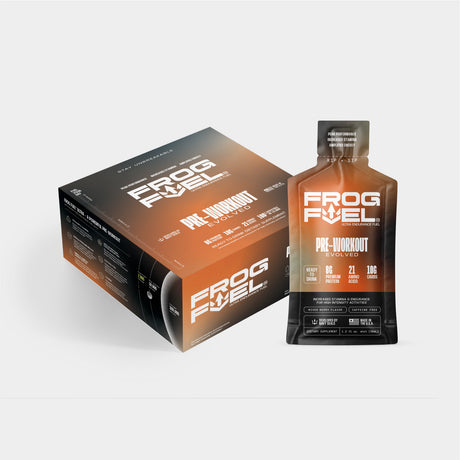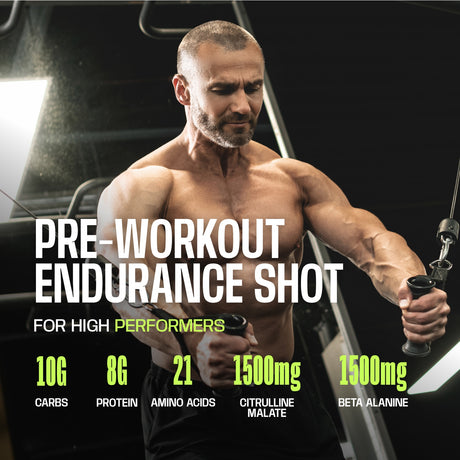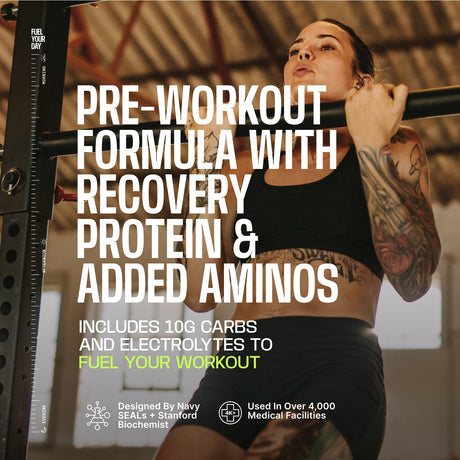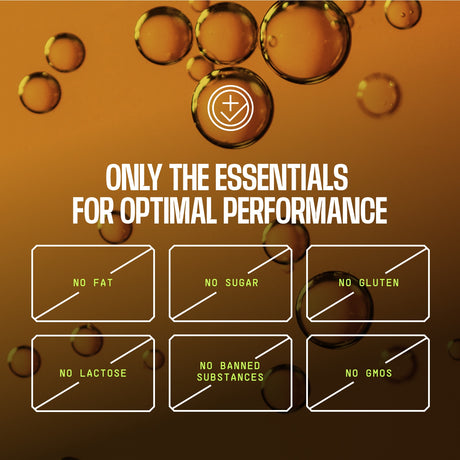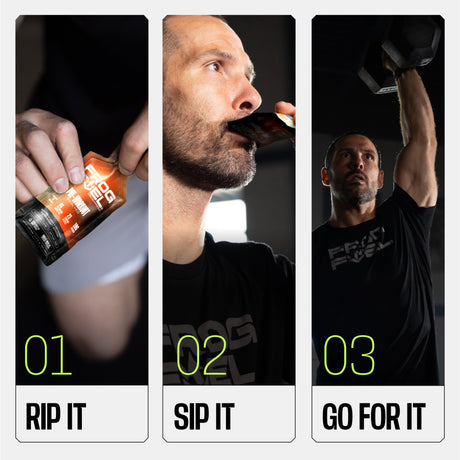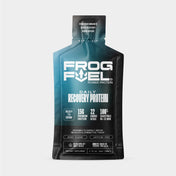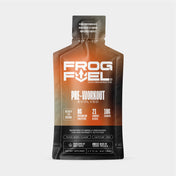Did you see the New York City Marathon? How about Eliud Kipchoge’s under 2-hour marathon run? Wasn’t it amazing? Perhaps you even got inspired to sign up and train for your first race. Maybe it’s a marathon, maybe it’s a 5K… Good for you! Now you’ve got to train, prepare, and learn how liquid protein supplements can give you that extra boost you need to make it over the finish line.
Let’s go over the main steps to prepare you for your first race. You will learn everything you need to know from signing up until race day. You will learn what to eat on race day and how to use liquid protein supplements to help you crush your goals.
Step 1: Make a Commitment: Sign Up
Whether it’s a 5K, 10K, half marathon, marathon, or ultramarathon you want to train for, you need to make a commitment and sign up in advance. Depending on your current shape and your training plan, training for a 5K can take anywhere from a month to three months, and training for a marathon may take anywhere from four to six months.
It’s not an impulse decision.
When picking a race there are few things you need to consider:
-
Date: Pick a race that works with your personal schedule and your training schedule.
-
Location: This is up to you. You may want something nearby or maybe inspired by a race a few hours away, or even a destination race combined with some travels.
-
Price: Making a financial commitment may help you stick to your goal and follow through with your plan. However, it is important that you consider your budget. Most local 5Ks are between $20 and $35 and some even support a good cause you may care about. Whereas half marathons and marathons may cost a hundred or few hundred dollars. Popular and corporate races are often more expensive than low-key or non-profit events. Don’t forget to consider the potential cost of travel and accommodation as well. Finally, make sure that there are no restrictions - some popular races have a lottery system or other sign-up barriers.
-
Size: This is also up to you. You may be inspired by large crowded races with many participants and cheering crowds. You may prefer a tiny race with only a few on the road. Or, you may want something in-between.
-
Previous results: If it’s your first race, it may be hard to predict your finishing time. However, you may have an idea based on your training runs or your desired goal. Check the results from the previous years to see where you stand. Who knows, maybe you can add a PR or an age-group medal to your goals.
-
Course map and description: This is key. It is important that you know if the course is a flat and fast course, or hilly and challenging. Is it a point-to-point race, a loop course, or an in-and-out course.
-
Special features: You may be attracted by the items in your race packet or the promise of an exciting post-race food or drink. Winter races may include chili, hot chocolate, hot cider, or pizza. And there are plenty of group themes and costume races during the holidays.
Step 2: Pick Your Training Plan and Start Training
The good news is that the internet is full of fantastic racing plans for all levels and ages. Some of the most popular marathon plans include Jack Daniel’s, Pfitzinger’s, Hanson’s, Hall Higdon’s, and Jeff Galloway’s plans.
Consider your current skills and pace, your goals, and the time you are able to put into training before choosing a plan. Ask for advice from more experienced runners or coaches.
It is important that you run regularly, several times a week to condition your body. A combination of endurance training and speed work is often the best approach for success.
No matter what training plan you choose, it is important to be consistent and follow it. It doesn’t mean that you can’t improvise and modify your training runs if something interferes, but be consistent with your running to make sure you’ll have the best time on race day.
Step 3: Set Goals
Goals are important. They are also personal. There are no right or wrong answers to goal setting.
Your goal may simply be to finish the race. You may have a finishing time in mind. You may hope for an age group award. It doesn’t matter what are your goals, just set them.
It is important to have several goals. Under ideal conditions, you may want to finish at a certain time, however, if it’s raining or something less ideal happens, you may be happy with a somewhat slower time or simply finishing.
Either way, be proud of yourself for simply signing up for a race. You’re about to start training for many weeks or months, and will soon be accomplishing your goal of finishing your first race!
Step 4: Make Sleep a Priority
While your training plan, planning what to eat on race day, and knowing how to use liquid protein supplements is crucial, so is sleep. Make sure to get at least seven to eight hours of sleep each night during your training. Add naps or times of relaxation, such as meditation or relaxing movie night as needed.
Listen to your body. It needs time for rest and recovery during training and before your race. The day before your race, you may be too nervous to sleep. That’s normal (but also, you don’t need to stress out - it’s going to be great). Try to get extra rest the weeks leading up to your race.
Step 5: Focus on Nutrition & Know What to Eat on Race Day
During your training regiment, it is important that you focus on a clean, nutrient-dense diet of whole foods, and drink plenty of water for electrolytes. It is not only important that you support your training with nutrient-dense options, such as liquid protein supplements, but to practice how and what you’ll eat on race day.
Shorter races, such as a 5K or a 10K don’t require nutrition during the race. However, during longer races - especially marathons and ultramarathons - it is important that you fuel your body while racing as well. If this is a new idea to you, starting to bring your liquid protein supplements along with you on the weeks leading up to your first race is just one way to get used to eating and running.
In all the above cases, though, pre-race and post-race nutrition are extremely important.
It is not only important that you decide what to eat on race day, but you need to practice it. The internet is full of advice about ideal nutrition and ideal times to eat, however, those tips may not work with your body. You have to make sure that your pre-race nutrition fuels and energizes your run without leaving you bloated and heavy at the starting line. You also want to make sure that whatever you consume during the race goes down easily and supports your body.
Our Nutrition Tips
When it comes to nutrition for runners and knowing what to eat on race day, it is important that you consume something nourishing yet well-digestible. Eating anywhere between 30 to 120 minutes before your training run or race is ideal for energy.
What window works for you is personal. Some runners have fantastic digestion and do well eating close to a race. Others need more time to digest and prefer to have a solid hour or two, and in some cases, a bit longer before they hit the road or get on the starting line.
Carbs are often the preferred food choice by many runners because they digest easily and provide quick energy. However, you’ll also want to have a complete protein source, like our Frog Fuel liquid protein supplements. They provide amino acids that will peak in your body for around 60 minutes. Consuming a liquid collagen protein supplements is often ideal 15 to 30 minutes your training run or race, however, it is important to figure out what works for you.
Other pre-workout and pre-race foods include:
- Bananas
- Oatmeal
- Bagels
- Toast with peanut butter
- Almond butter
- Berries
- Honey stick
- Homemade granola or granola bars
Experimentation is the key. This goes for your nutrition during your run or race. Many runners love goo energy, honey sticks, or energy beans for quick energy from sugar. But those leave you with only carbs.
Taking some protein along with your carbs is going to be a better option. Liquid protein supplements digest easily, absorb well, and provide quick yet sustainable energy. They provide energy from a mix of protein and carbs, which is an ideal way to support your body during training or a race.
It is important that you don’t forget about refueling either. Taking some carbs within 15 to 30 minutes of your training run or race is ideal for rebuilding your glycogen storage. Again, we recommend a mix of carbs and protein, such as liquid protein supplements, a granola or protein bar, or almond butter with bananas. This will help your body keep and/or develop that lean muscle mass and provide the nutrients your muscles and ligaments need for better recovery.
Your post-race meal should also be a balanced meal with carbs, protein, and fats, such as salmon with quinoa or vegetables, steak with steamed vegetables, chicken breast with baked vegetables, or tofu or seitan with vegetables and quinoa.
Nutrition isn’t just about knowing what to eat on race day, though. You also need to make sure to hydrate well before, during, and after your run or race. While the common advice is to drink 8 to 10 glasses of water a day, though athletes tend to need more due to all the sweating and hard work that happens.
Don’t wait until you feel thirsty, hungry and dehydrated. Drink (and eat) regularly. Coconut water or adding some lemon or apple cider vinegar or salt to your water is fantastic for extra electrolytes and nutrients.
Try Liquid Protein Supplements
To fuel your training and race, we recommend FrogFuel Ultra. It is a professional-grade liquid protein supplement designed for endurance and peak performance. It is the same medical-grade protein that is trusted by over 3,000 healthcare professionals in various fields including wound and post-surgical care.
It’s a complete protein that has been fortified with all amino acids and enhanced with beta-alanine and citrulline malate to increase endurance and decrease fatigue. We offer a caffeinated liquid protein option to provide extra support and energy that you might need mid-run. Why caffeine? Research has found that it not only improves alertness and your body’s ability to use fat stores during your race, but that it may even reduce a runner’s perception of effort.
Step 6: Decide What to Wear
It’s not enough to know what to eat on race day, you need to decide what to wear. There are so many different running clothes out there. Some fabrics may irritate your skin and some may simply feel uncomfortable, while others (ahem, cotton), are not built for performance
Find something that’s comfortable for you. Try out different outfits during your training. A polyester top and lined running shorts are popular go-to's.
Finally, make sure that you find the right shoes and break them in. News shoes on race day may lead to blisters, discomfort, or even injuries. With the unpredictable weather, plan for different conditions.
Step 7: Visualize the Run
Visualizing may be one of the most important, yet often forgotten parts of race day training that may set you up for success. Here’s a quick way to get started.
Visualize what you will be wearing on race day and how you will feel both physically and mentally at the starting line. Then, visualize the route and how your energy increases as the race goes on. Imagine yourself fueling your body with liquid protein supplements mid-run for a clean boost of energy. And finally, imagine crossing the finish line with a big smile on your face.
Step 8: Start Gearing Up - Two Weeks Out
As your race approaches, tapering starts. You’ve done most of the work. Your mileage will start dropping at this point. Nutrition, rest, and mindset become more important.
At this point, visualization also becomes key. Visualize every aspect of your race day from your breakfast to your clothes to your choice of liquid protein supplements to your transportation plan to your pacing strategy. Practice and fine-tune your nutrition plan. Make sleep a priority. Stretch plenty. Get a massage if you can.
Most importantly, relax. You are so close. You are ready.
Step 9: Race Day
Race day is here. You’ve done the work. You are ready to rock ‘n roll!
Eat your pre-race meals just as you’ve prepared. Put on your racing outfit. Keep visualizing at the starting line. Start out slow then pick up the pace as you feel comfortable. Use liquid protein supplements as you need it and you’ve planned it. Smile. Enjoy. And crush your goals!
You have an ambitious goal and all the knowledge and will to crush it. Start training and fueling your body with high-quality supplements that help you get the most out of your body during race day. Check out our FrogFuel liquid protein shots, which were designed by former Navy SEALS, and make sure to report back on your results! We can’t wait to hear about your first race.

